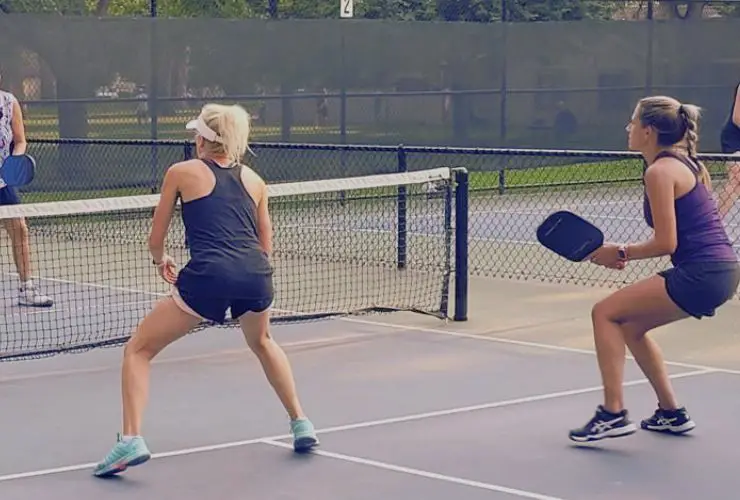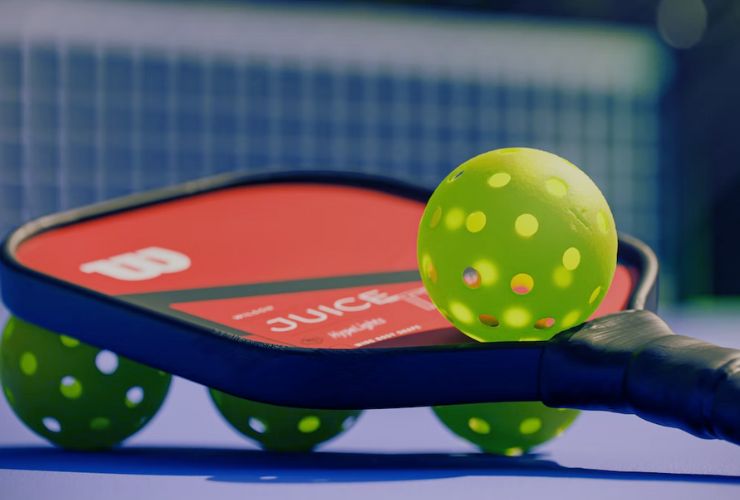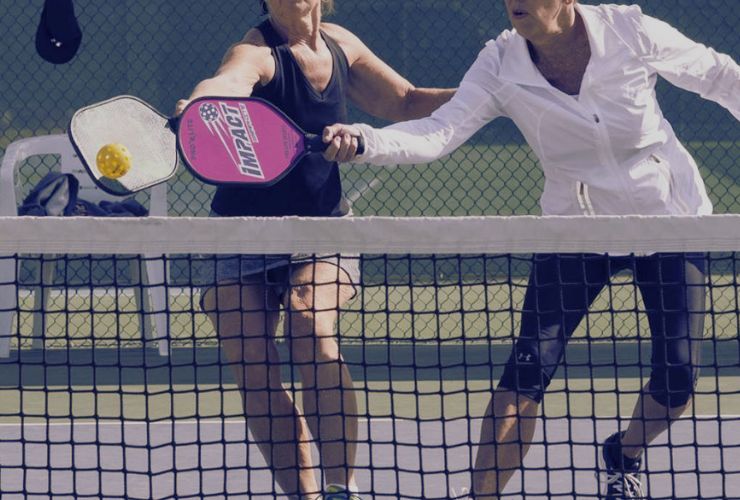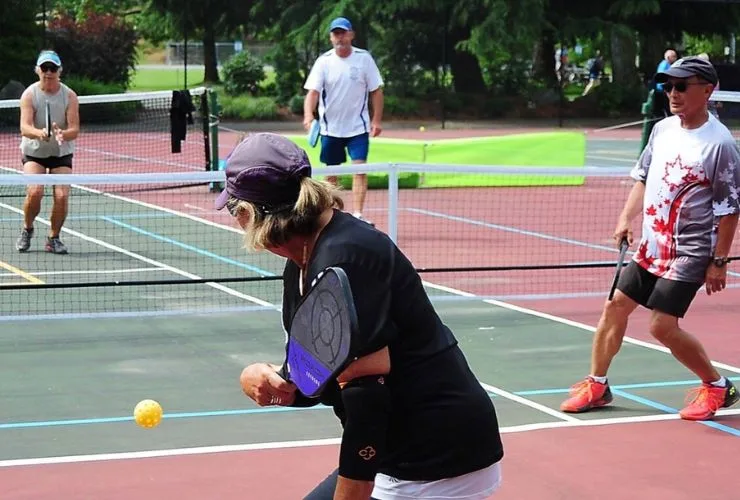What Is Stacking In Pickleball? (With Great Tip HOW TO)
Most people have heard of tennis, badminton, and ping-pong, but Pickleball? Pickleball is a paddle sport created for all ages and skill levels. The game is played on a badminton-size court with a slightly modified tennis net. Pickleball can be played as singles or doubles and is a great way to get a workout while also having fun.
What is stacking in Pickleball? Pickleball is a sport that can be played either singles or doubles. In singles, there is one player on each side of the court. In doubles, there are two players on each side of the court.
One of the unique aspects of Pickleball is the “stacking” rule. This rule allows two players of the same team to stand on opposite sides of the court and hit the ball back and forth. This can be a very effective strategy, especially when opponents struggle to return the ball.
Stacking is a strategy used in Pickleball when players on a team are not in traditional positioning and are rearranged to keep one player on a particular side of the court.
This strategy can position players on the court to defend better or attack opponents. Stacking can be a powerful tool for winning pickleball games when appropriately executed.
How to Stack on the Return of Serve?
The player returning the serve will be positioned at or slightly behind the baseline. The player should be in a ready position with their feet shoulder-width apart and their weight balanced.
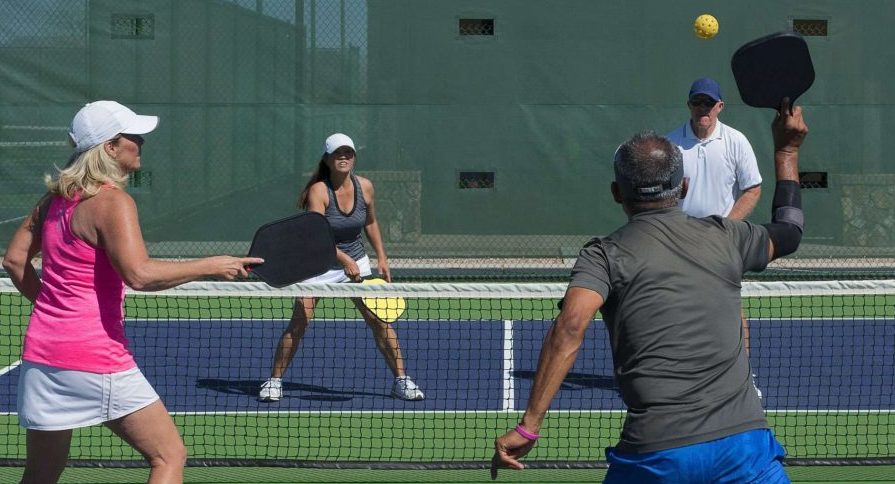
When the server hits the ball, the player should take a small step forward with their right foot and hit the ball with their racket.
The player should then take a step forward with their left foot and hit the ball with their racket. The player should continue to alternate feet and hit the ball with their racket until they reach the other side of the court.
What are the rules for stacking in Pickleball?
In the sport of Pickleball, there are no defined rules governing where players must stand on the court or which side of the court they must hit the ball from. The only exception is when serving or hitting a return of serve.
From these starting positions, players are free to move around the court as they see fit, as long as they do not interfere with their opponent’s ability to play the game.
This freedom of movement can lead to some exciting and creative strategies, which is one of the things that makes Pickleball so fun to watch and play.
Is stacking good in Pickleball?
There are a few different schools of thought regarding pickleball strategy. Some players believe stacking is an excellent way to increase the percentage of forehands a team can play. Stacking is when players position themselves on the court so that the person hitting the ball is more likely to hit a forehand.
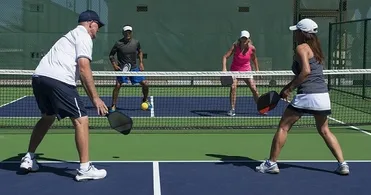
Others believe that stacking is not as effective as it seems. They argue that it is more important to focus on other aspects of the game, such as court positioning and shot selection.
Ultimately, it is up to each team to decide what strategy works best for them. There is no right or wrong answer when it comes to whether or not stacking is a good pickleball strategy.
What is paddle stacking in Pickleball?
Paddle stacking is a technique used in Pickleball to stack paddles at the end of the line. This technique increases the time the paddles are in contact with the ball, increasing the amount of spin imparted on the ball.
Paddle stacking can also be used to create a more consistent stroke and increase the amount of power that can be generated.
What is the purpose of stacking in Pickleball?
There are two main reasons for stacking in Pickleball. The first is keeping one player on a particular courtside. This can be useful for strategic purposes, such as forcing the other team to play a certain way or opening up the court for a particular player.
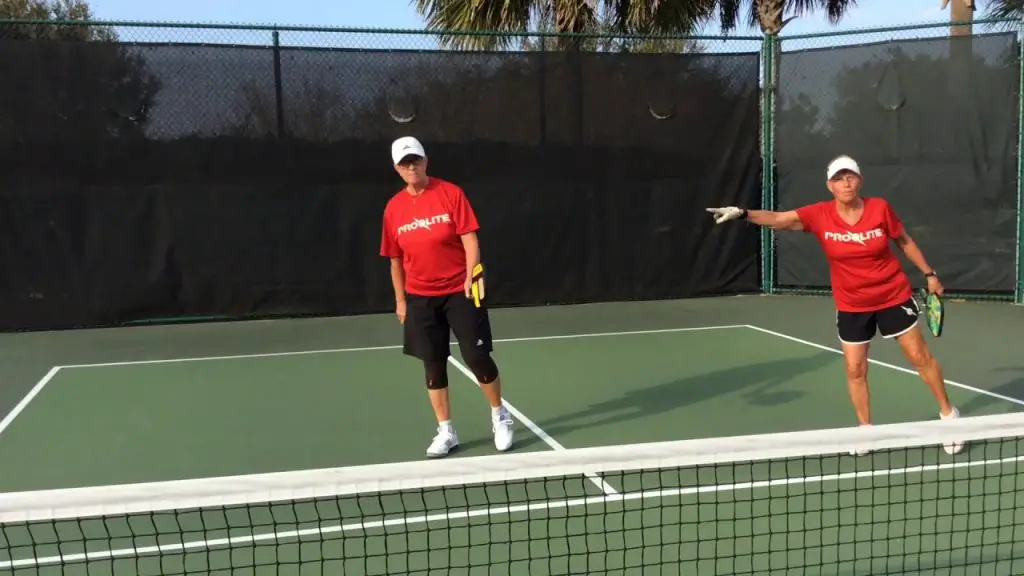
The second reason is to create a more even distribution of players on the court. This can be helpful if one team is significantly more substantial than the other or if there are more players on one team than the other.
Frequently Asked Question
Can you toss the ball up when serving in Pickleball?
When serving in Pickleball, players cannot simply toss the ball up and hit it. They must either bounce the ball on the ground before hitting it or use an underhand serve.
This is because the ball must travel over the net and bounce on the ground on the other side of the court. If the ball is tossed up, it will not have the necessary momentum to make it over the net and bounce on the ground.
What is a pickleball ball called?
A pickleball ball is also known as a Wiffle ball. This ball is specifically designed for the game of Pickleball and is made of a soft plastic material.
The ball is perforated with small holes to allow for air circulation and to make the ball lighter and easier to control.
The ball is designed to bounce lower than a traditional tennis ball, making the game of Pickleball easier and more enjoyable for all players.
Where do I put the third shot drop in Pickleball?
When playing Pickleball, there are a few different areas on the court where you can place your third shot drop. One option is to place it in your opponent’s kitchen, which can be a strategic move to force them to move around the court more.
Another option is to place the drop shot in the middle of the court, making it more difficult for your opponent to reach. Ultimately, where you place your third shot drop will come down to your playing style and what you feel comfortable with.
Conclusion:
Stacking is a great way to win more pickleball games. It can be used as an offensive strategy to keep your opponents guessing or a defensive strategy to make it more difficult for them to return your shots.
Stacking is a simple concept that can be executed in various ways, so experiment and find what works best for you. You’ll be winning more games in no time with a bit of practice.

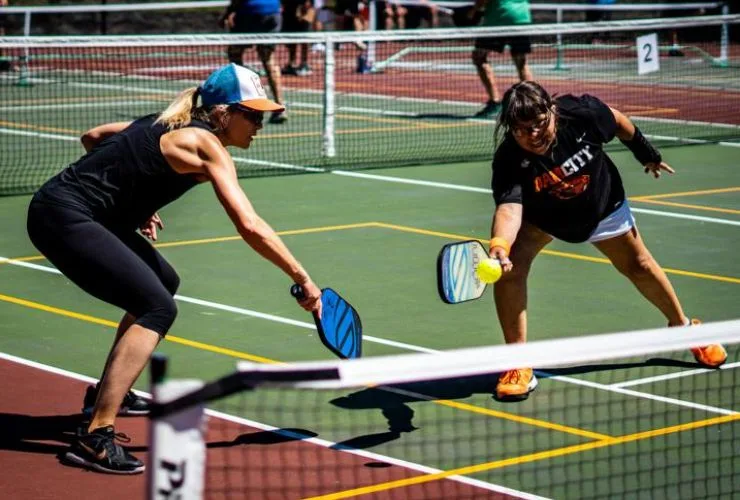
![What Is The Kitchen In Pickleball? [+VIDEO inside]](https://pickleballyard.com/wp-content/uploads/2022/08/What-Is-The-Kitchen-In-Pickleball.jpg)
